How much does it cost to start a fish farm in Nigeria?
Struggling to find clear costs for starting a fish farm in Nigeria? The conflicting information is frustrating. I'll break down the real expenses for you.
Starting a fish farm in Nigeria can cost anywhere from a few thousand dollars for a small-scale setup to over $50,000 for a larger commercial operation. Key costs include land, pond construction, fingerlings, feed, and equipment. My company, Bancy, offers affordable solutions like collapsible fish ponds to help.
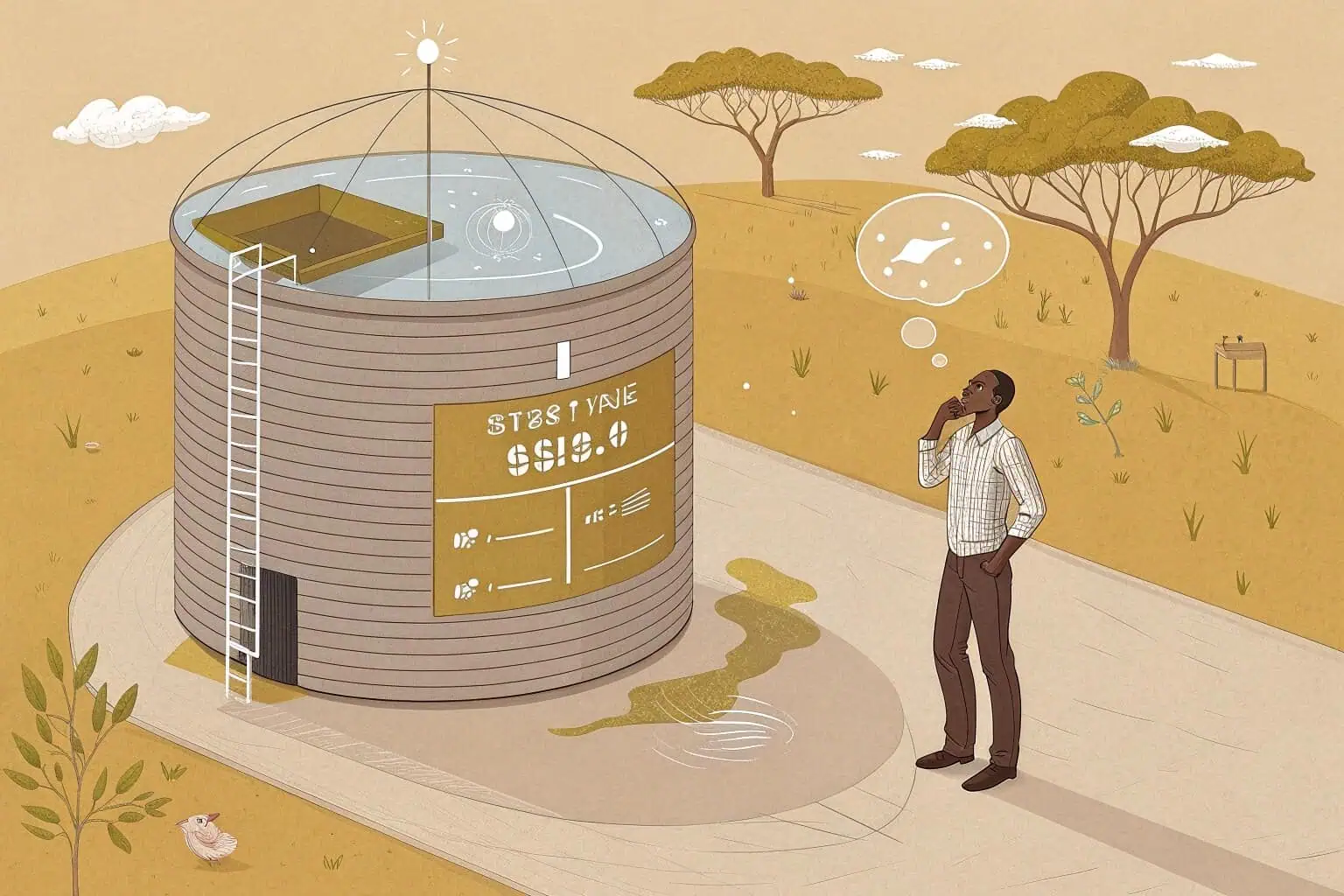
Getting the numbers right is just the first step. You also need to know if this venture will actually make you money. Let's explore the profitability and what it really takes to succeed in the Nigerian fish farming industry.
What are the detailed costs for starting a fish farm in Nigeria?
Worried about hidden costs when starting your fish farm? It's easy to overlook expenses beyond the basics. I'll give you a detailed breakdown so you can budget accurately.
A detailed budget for a Nigerian fish farm includes land acquisition or lease, pond construction (concrete, earthen, or collapsible), a reliable water source like a borehole, high-quality fingerlings, and a consistent feed supply. Don't forget operational costs like labor and security.
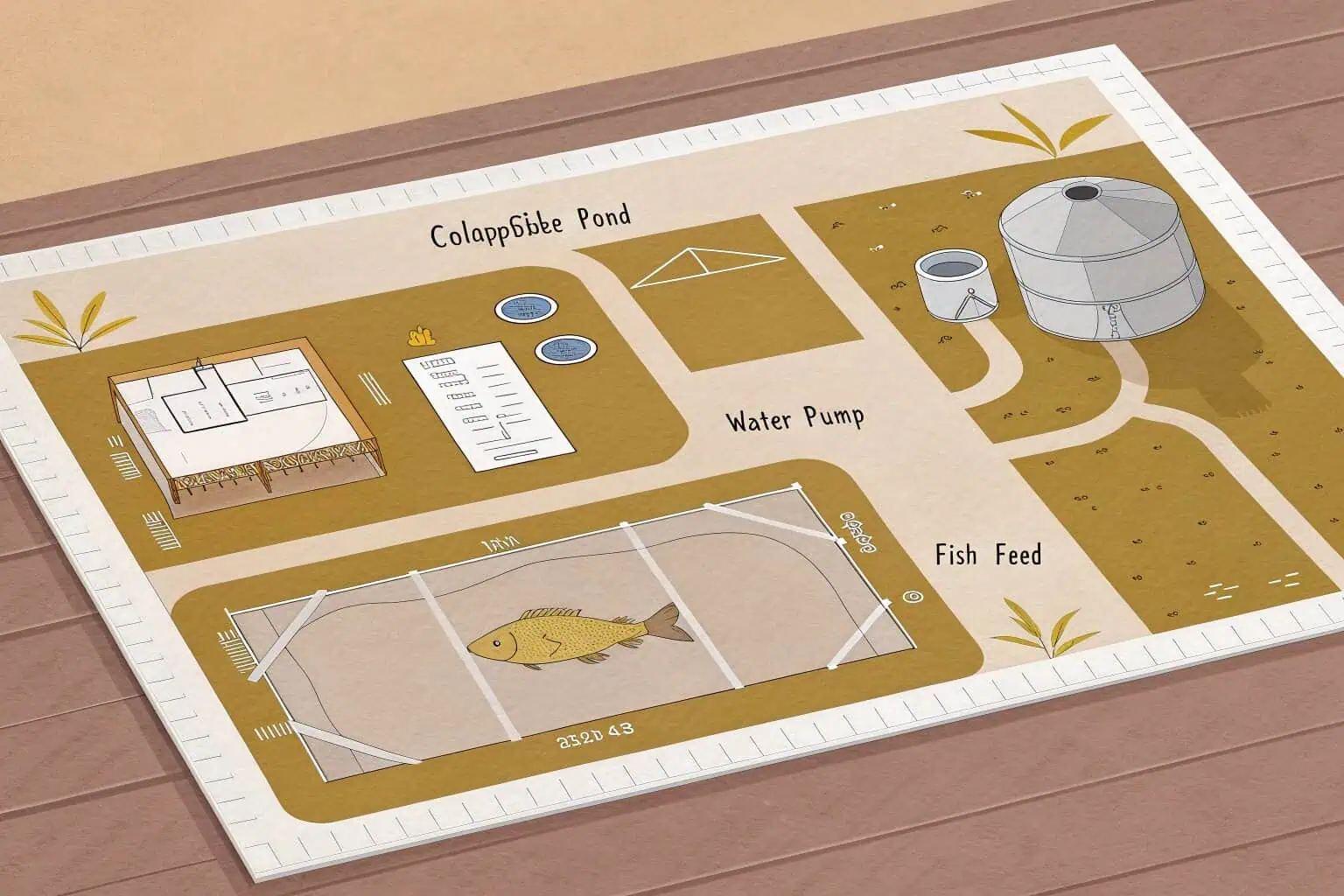
Let's break down the costs more. When I first started my journey in this industry, I underestimated some of these. You need to think about everything to create a realistic budget.
Initial Capital Costs (One-Time)
This is the money you need to get everything set up before you even buy your first fish.
- Land: The price varies a lot depending on the location. Buying land near a city is expensive. Leasing can be a cheaper way to start and test your business model.
- Pond Construction1: This is a major expense. You have several options:
- Concrete Ponds: They are very durable but also very expensive to build. They require skilled labor.
- Earthen Ponds: These are cheaper to dig but need the right type of clay soil to hold water. They also require more maintenance.
- Collapsible Ponds: This is where my company, Bancy, offers a great solution. Our galvanized pipe or sheet tanks are durable, easy to set up, and much more affordable than concrete ponds. This can save you a lot of money upfront.
- Water Supply2: You need a constant source of clean water. A borehole with a submersible pump is often the best solution. This can be a significant one-time cost.
- Housing and Storage: You need a small, secure building for storing feed and equipment. Feed must be kept dry and safe from pests.
Operational Costs (Ongoing)
These are the recurring costs to keep the farm running.
- Fingerlings3: You need to buy good quality baby fish. The cost depends on the species, like catfish or tilapia.
- Feed4: This is your biggest ongoing cost. It can be over 60% of your total expenses. You need to buy high-quality feed to help your fish grow fast and stay healthy.
- Labor: You might need to hire people to help with daily tasks like feeding and cleaning.
- Security: Protecting your investment from theft is very important, especially as your fish get closer to market size.
| Item | Estimated Cost (USD) | Notes |
|---|---|---|
| Land (Lease/Purchase) | $1,000 - $10,000+ | Highly variable by location. |
| Pond Construction | $2,000 - $15,000 | Bancy's collapsible ponds can lower this cost. |
| Borehole & Plumbing | $1,500 - $4,000 | Essential for a reliable water source. |
| Fingerlings (1000) | $200 - $500 | Depends on species and supplier. |
| Initial Feed Supply | $1,000 - $3,000 | A major recurring expense. |
| Total Initial Cost5 | $5,700 - $32,500+ | This is a wide range, so plan carefully. |
Is fish farming profitable in Nigeria?
You see people starting fish farms, but are they actually making money? It's a big risk if you don't know the potential return. I'll show you the real profit potential.
Yes, fish farming in Nigeria is very profitable if managed well. High demand for fish, especially catfish, ensures a ready market. With good planning, proper feeding, and disease control, you can achieve a high return on investment, with profit margins sometimes exceeding 50%.
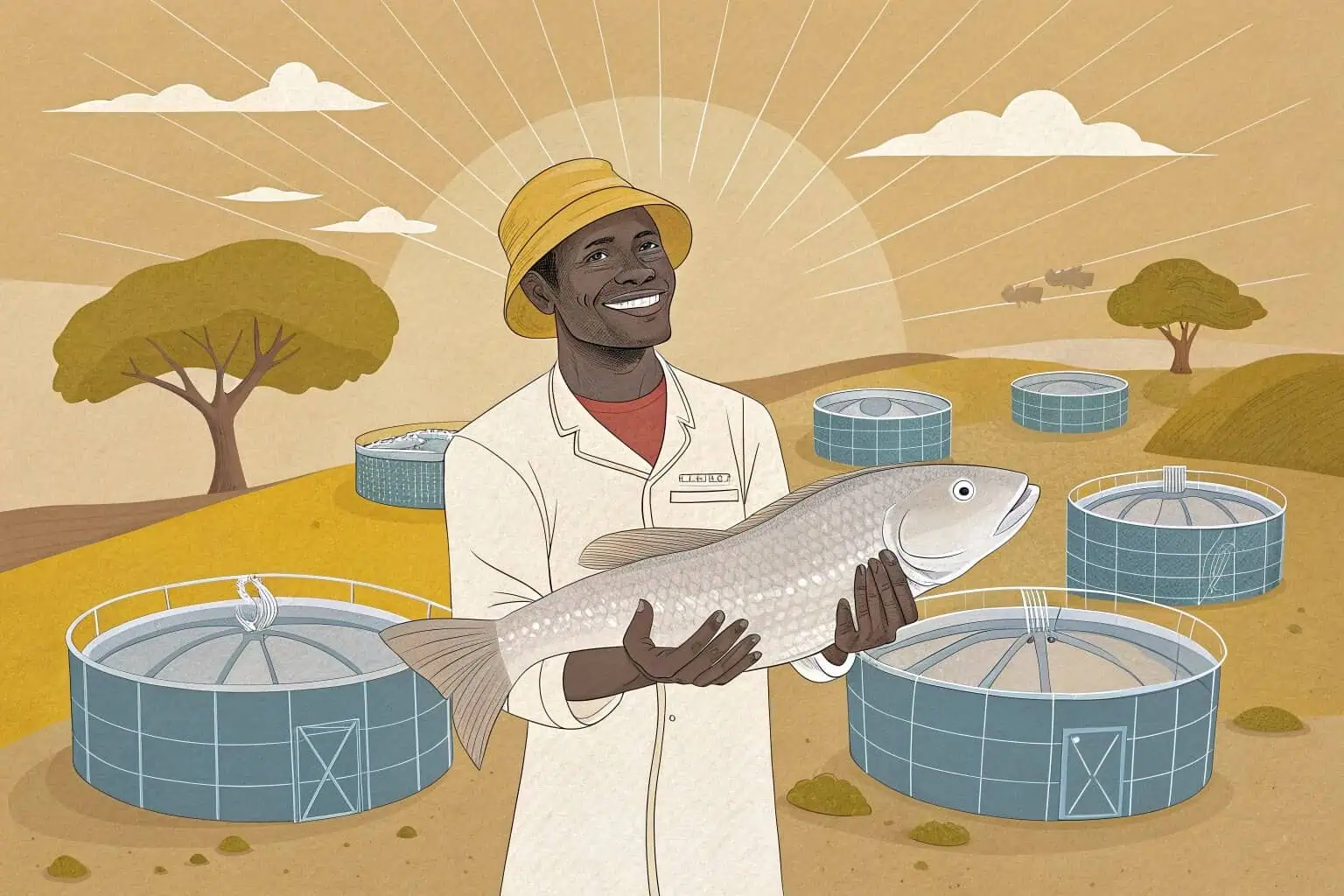
Profitability isn't automatic. I've seen many people succeed and many others fail. The difference is always in the details of how they run their farm. Your profit depends on a few key factors that you must control.
Revenue Generation
Your main income comes from selling your grown fish. The price you get depends on the size of the fish and market prices when you harvest. In Nigeria, catfish is extremely popular and can be sold live, smoked, or frozen. I've found that selling directly to restaurants6, hotels, or local markets can get you a better price than selling to middlemen who will buy in bulk but pay less per kilogram.
Managing Your Costs
The real key to profit is keeping your costs low without hurting the quality of your fish.
- Feed Management: This is your biggest cost, so you must manage it well. Do not overfeed your fish, as wasted feed is wasted money. Use high-quality feed to get a good Feed Conversion Ratio (FCR)7. A good FCR means your fish gain more weight for every kilogram of feed they eat.
- Mortality Rate8: You will lose some fish. This is normal. But you must keep this rate low, ideally under 10%. Good water quality, careful handling, and quick treatment of any diseases are crucial. Using a quality pond system makes this easier.
A Simple Profit Calculation
Let's imagine you raise 1000 catfish.
- Total Cost (6 months)9: This includes fingerlings, feed, labor, etc. Let's say it's around $3,000.
- Harvest: After 6 months, you might have 900 surviving fish (10% mortality). If each fish weighs 1kg on average, you have 900kg of fish to sell.
- Sales: If you sell each kilogram for $4, you would make 900 kg * $4/kg = $3,600.
- Profit10: Your profit would be $3,600 (Sales) - $3,000 (Cost) = $600.
This is a simple example. If you can lower your feed costs or get a better market price, your profit will be much higher. Scaling up your operation also increases your profit potential significantly.
How much does it cost to raise 1000 catfish in Nigeria?
Thinking of starting with 1000 catfish? It's a popular starting number, but the exact cost can be tricky to pin down. I'll give you a clear budget for this specific goal.
Raising 1000 catfish in Nigeria for one six-month cycle can cost between $2,100 and $3,700. This estimate covers the main operational expenses: fingerlings, high-quality feed, pond management, and basic labor. Feed is the largest portion of this cost.
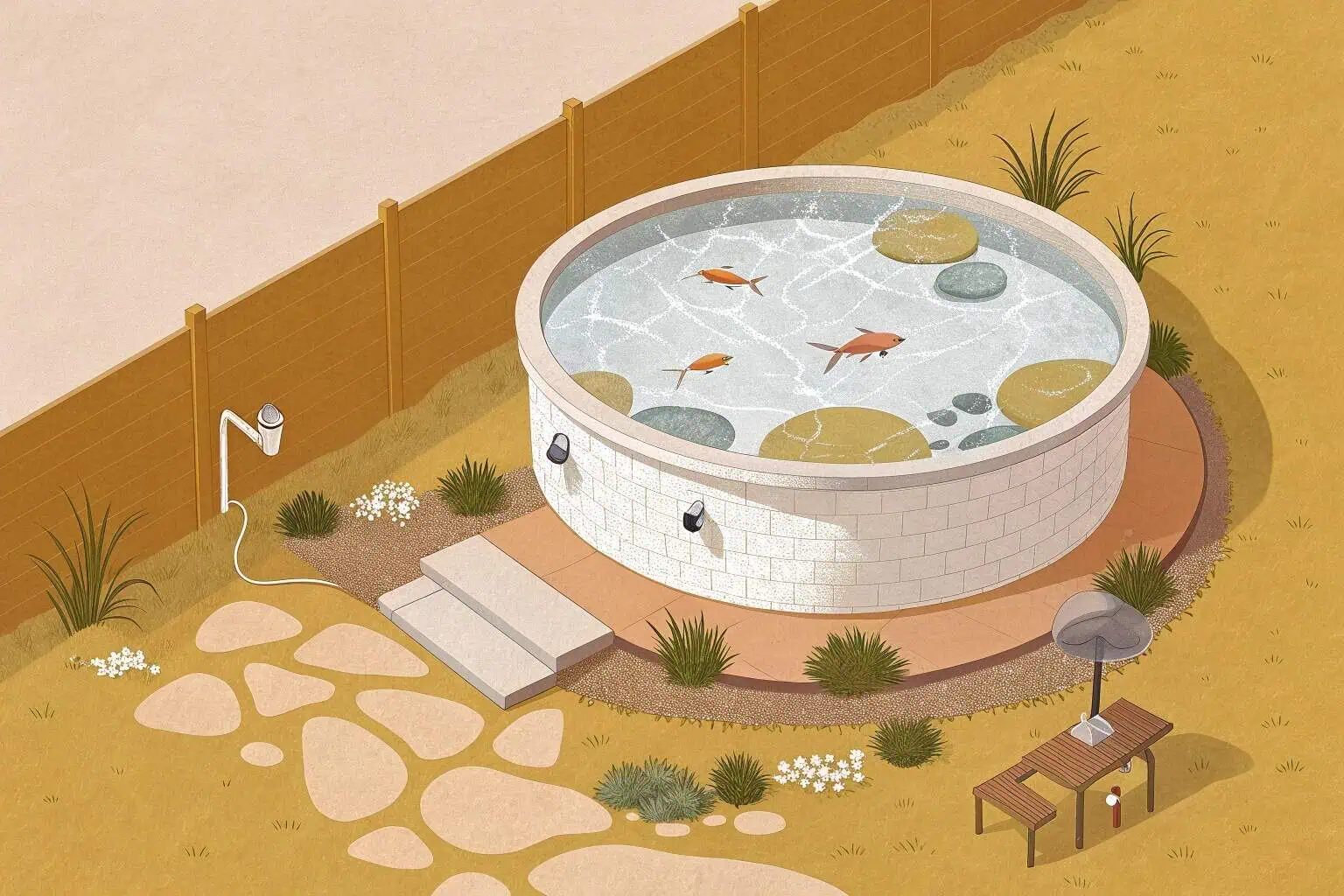
Let's get specific about raising 1000 catfish. This is a great starting point for a small commercial farm. I've helped many clients plan for this exact scale, and it's a manageable size to learn with. Here’s a more detailed look at the budget you'll need, assuming you already have your pond and water source set up.
Cost Breakdown for 1000 Catfish (6-Month Cycle)
This budget focuses only on the operational costs for one cycle.
- Cost of Fingerlings11: You'll need about 1000 high-quality catfish fingerlings. I always advise buying a few extra, say 1050, to account for any small losses during transportation and acclimatization.
- Estimated Cost: $200 - $400
- Cost of Feed12: This is your biggest expense, no question. A catfish needs about 1kg of feed to grow to 1kg in size, if you use good quality feed. So, for 1000 fish, you'll need around 1000kg of feed over the 6-month growing period.
- Estimated Cost: $1,500 - $2,500. The price of fish feed can change, so it's very important to check current market prices.
- Labor and Management: This includes the daily work of feeding the fish, cleaning the ponds, and monitoring water quality. If you do it yourself, your cost is your time. If you hire one part-time worker, you need to budget for their salary.
- Estimated Cost: $300 - $600
- Health and Miscellaneous: You should always have a small budget for unexpected costs like medication, salt for water treatment, or small repairs.
- Estimated Cost: $100 - $200
Total Estimated Cost Table
| Expense Item | Low Estimate (USD) | High Estimate (USD) |
|---|---|---|
| Fingerlings (1050) | $200 | $400 |
| Feed (1000 kg) | $1,500 | $2,500 |
| Labor (6 months) | $300 | $600 |
| Miscellaneous | $100 | $200 |
| Total | $2,100 | $3,700 |
This shows that your main focus should be on managing feed costs13. Using a high-quality pond, like one of our Bancy collapsible tanks, helps by making it easier to manage water quality14, which reduces stress and disease, improving their growth.
How much money does it take to start a fish farm?
Dreaming of starting a fish farm but unsure of the investment needed? The startup capital can seem daunting. I'll explain the financial requirements for different scales of fish farming.
Starting a fish farm can cost from as little as $500 for a small backyard setup to over $100,000 for a large-scale commercial operation. The key factors are the farm's size, the type of fish, and the technology used, like our affordable Bancy collapsible tanks.
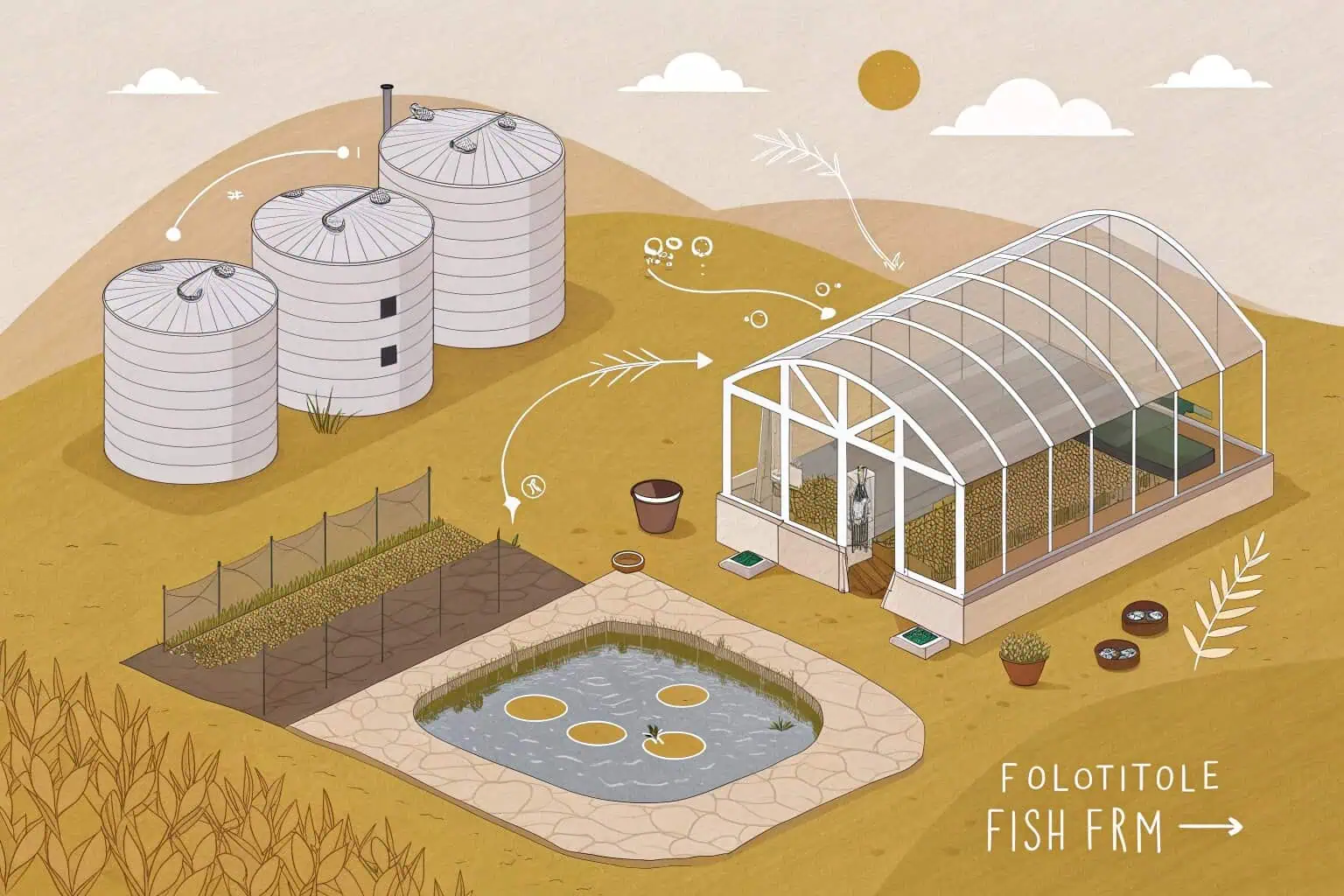
The amount of money you need to start a fish farm depends entirely on your ambition and your business plan. I've seen successful farms start at all levels. Let's look at what you can do with different budget levels.
Small-Scale / Backyard Farming
This is for personal consumption or for selling to a few neighbors. It's a great way to start.
- Investment15: $500 - $2,000
- What you get: With this budget, you could set up one or two small plastic or collapsible tanks. Our Bancy collapsible plastic fish tanks are perfect for this. You can raise a few hundred fish. Most of the labor is done by you. This is an excellent way to learn about fish farming16 with very low risk.
Medium-Scale / Commercial Farming
This is a real business aimed at making a consistent profit.
- Investment: $5,000 - $50,000
- What you get: This budget allows for multiple ponds, a dedicated water source17 like a borehole, and proper infrastructure. You can raise several thousand fish per cycle. At this level, you need a solid business plan18. You'll be buying feed in bulk and will likely need to hire staff. Our galvanized sheet and pipe tanks are ideal for this scale. They offer durability and a professional setup without the high cost and permanence of concrete.
Large-Scale / Industrial Farming
This is a major agricultural operation.
- Investment: $100,000+
- What you get: This involves large areas of land, many large ponds or advanced systems like raceways, automated feeding equipment19, on-site processing facilities, and a large workforce. These farms supply major distributors and may even export their products.
No matter the scale you choose, the basic principles are the same: control your costs, maintain good water quality20, and ensure your fish are healthy. I always recommend that new farmers start with a smaller, manageable setup and then expand as they gain experience and profits. This is a smart and sustainable strategy.
Conclusion
Starting a fish farm in Nigeria is a promising business with real profit potential. With careful planning and smart investments in equipment like our collapsible ponds, you can build a successful venture.
-
Explore this link to discover various pond construction methods and their costs, helping you make informed decisions for your aquaculture setup. ↩
-
Learn about effective water supply solutions for aquaculture, ensuring your fish have a clean and constant water source. ↩
-
Learn how to select the best fingerlings to ensure a successful fish farming venture. ↩
-
Explore this link to discover the best fish feed options that can enhance growth and health for your fish. ↩
-
Understanding the factors influencing total initial costs can help you budget effectively and avoid unexpected expenses. ↩
-
Discover strategies for selling directly to restaurants, which can significantly increase your profit margins. ↩
-
Understanding FCR is essential for optimizing feed efficiency and maximizing profits in fish farming. ↩
-
Learn effective strategies to minimize fish loss and improve overall farm productivity. ↩
-
Understanding the total cost breakdown can help optimize your catfish farming budget and improve profitability. ↩
-
Exploring strategies to boost profit can lead to better financial outcomes in your catfish farming venture. ↩
-
Explore this link to learn how to select the best fingerlings for your aquaculture needs, ensuring a healthy start for your fish. ↩
-
This resource will guide you in sourcing high-quality feed, which is crucial for the growth and health of your catfish. ↩
-
Understanding feed cost management can significantly enhance your aquaculture profitability and sustainability. ↩
-
Exploring the impact of water quality on fish growth can help you optimize your farming practices for better yields. ↩
-
Understanding the investment needed can help you plan your fish farming venture effectively. ↩
-
Exploring best practices will enhance your knowledge and increase your chances of success in fish farming. ↩
-
Understanding dedicated water sources is crucial for successful fish farming, ensuring a reliable supply for your ponds. ↩
-
A solid business plan is essential for profitability in fish farming; explore resources to guide you in crafting one. ↩
-
Explore how automated feeding equipment can enhance efficiency and productivity in aquaculture operations. ↩
-
Learn essential techniques for maintaining water quality, crucial for the health and growth of fish in aquaculture. ↩